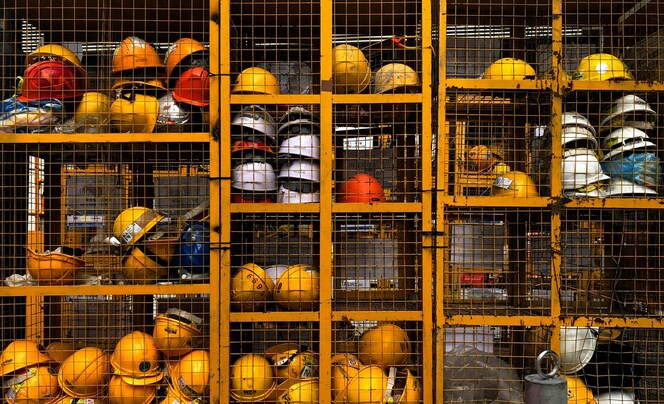|
Photo by Pop & Zebra on Unsplash It seems reasonable to most of us who live in first world countries that each workplace be required to maintain minimum safety standards. However, there seems to be an increasing number of voices in recent years arguing that the free market should dictate everything, including workplace safety. This is often followed by claims that if unsafe working conditions are found, a worker can simply quit and find a new job. This raises the question: Why do we have safety laws in the first place? To answer that, here is a quick overview of the history that brought us to where we are today. Before the industrial revolution, which started in the mid 18th century, there were many small, family-owned shops, producing small amounts of goods. Mass production was uncommon and limited to specific industries. Although accidents did happen back then, they were rarely happening on a large scale and to a large number of people at a time. This changed with the invention of machines and the sudden ability to create products on an industrial scale. Factories sometimes required hundreds of workers to operate these machines, and the key to effective production was to produce as much as possible, in the shortest possible time and with the least amount of money invested. This became a problem for millions of workers worldwide. The first known records go back to 1750 BC Mesopotamia, where some aspects of regulations around safety were implemented by society. Workplace safety as we know it today, however, only began in the 19th century. In England, a safety report in 1784 resulted in the first Factory Act in 1802. It started with a large number of workers in the factory and the nearby village falling sick due to highly transmissible disease. One of the regulations mandated fresh air in the factories, which up until that time had offered little to no air flow. Further accidents and attempts to prevent them forced the Cotton Mills and Factories Act 1819, which forbade kids under 9 from working, and allowed kids younger than 16 to work 12 hours a day. Later, the Labour in Cotton Mills Act 1831 forbade workers younger than 21 from working night shifts. In 1832, to further prevent workplace-related accidents, the workday for workers 18 or younger was shortened to 10 hours. Acts on operating the production machinery had also been introduced that only allowed the machines to be cleaned when they were not running. Cotton mills weren’t the only industry that had to improve worker safety in order to limit accidents and injury. Similar regulations around mining, railroad industry and agriculture were developed. With passing years regulations forbade all children to work in factories, standardized 8 hour work days, allowed labor unions to exist and even regulated the amount of breaks. Each step in this process was preceded by lost lives, pain and mutilation. The Occupational Health and Safety acts that we know today in the US and Canada were created in the 1970s. They put emphasis not only at working conditions, but also on Health and Safety training. Both Sābanto - The Crimson River and Sābanto - The Copper Briar review the working conditions and safety of the working class of an imaginary universe that is not that far from our own. The stories explore what would happen if workplace laws no longer existed, the workers had no one to advocate for them, the working hours were extended as much as possible to increase profits and the life and wellbeing of the workforce no longer matter. I want Sābanto to be a cautionary tale of the pain and suffering that can be inflicted when profits are more important than a human being. Because so many people fought for these laws through hundreds of years and many had paid for them with their health and even lives, as a society we should not try to reverse the process. Sources:
https://safetylineloneworker.com/blog/history-of-workplace-safety https://www.linkedin.com/pulse/brief-history-workplace-health-safety-from-black-ilo https://en.wikipedia.org/wiki/Health_and_Morals_of_Apprentices_Act_1802 https://en.wikipedia.org/wiki/Factory_Acts#:~:text=The%20act%20had%20the%20following,p.m.%20and%20before%205.30%20a.m.
0 Comments
|

 RSS Feed
RSS Feed



